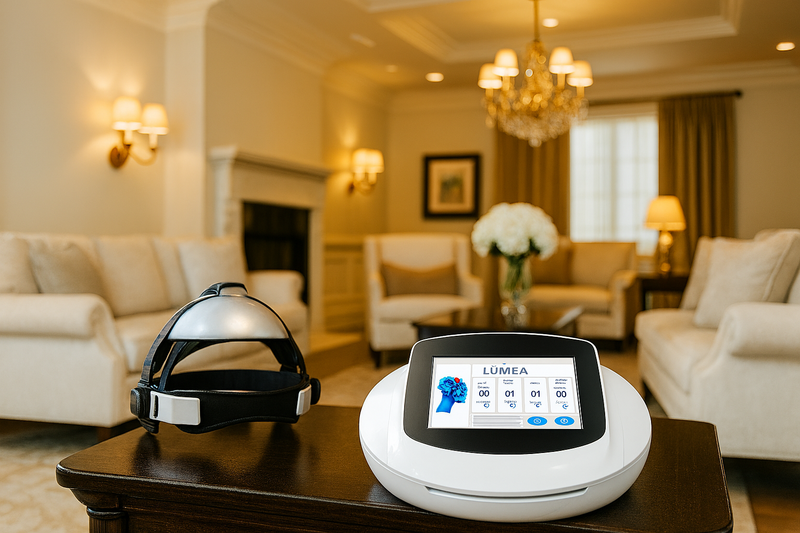What is neuro feedback?

Understanding Neurofeedback: A Natural Path to Mental Clarity and Brain Optimization
Neurofeedback, also known as EEG biofeedback, is a powerful, non-invasive technique that helps individuals train and regulate their brain function. By providing real-time feedback on brainwave activity, neurofeedback allows the brain to gradually shift towards healthier, more balanced patterns. It is used to address a wide range of neurological, psychological, and performance-related issues—ranging from anxiety and depression to ADHD, insomnia, PTSD, and even cognitive decline.
The fundamental principle of neurofeedback is based on neuroplasticity—the brain’s natural ability to adapt, reorganize, and form new neural connections. During a neurofeedback session, sensors are placed on the scalp to measure brainwave activity, which is then displayed on a screen in the form of visual, auditory, or tactile feedback. The user is guided to reinforce desired brainwave patterns, often through games, videos, or sounds that respond to their brain’s real-time performance. Over time, the brain learns to self-regulate and maintain optimal states, just as a muscle strengthens with consistent training.
Different brainwave frequencies are associated with different mental states. For instance, delta waves are linked with deep sleep, theta with deep relaxation and creativity, alpha with calm focus, beta with alertness, and gamma with high-level cognitive functioning. Individuals experiencing mental health challenges often exhibit irregularities in these patterns—for example, excessive beta waves may be associated with anxiety, while low alpha levels might be linked to attention problems or depression. Neurofeedback helps normalize these patterns, resulting in improved emotional stability, attention, memory, and mental resilience.
One of the most attractive aspects of neurofeedback is that it is entirely drug-free and has no significant side effects. This makes it a particularly appealing option for people who want to avoid or reduce dependence on medication. For children with ADHD, for instance, neurofeedback has emerged as an alternative or complement to stimulant medications, promoting sustained attention and behavioral control without the common side effects. For adults facing burnout, insomnia, or mood disorders, it can provide a calming, rebalancing effect that enhances well-being naturally.
In recent years, neurofeedback has also gained popularity among professionals, athletes, and creatives who seek to optimize performance. Peak performance training through neurofeedback focuses on improving focus, reaction times, emotional control, and stress recovery. It is widely used in fields such as sports, executive leadership, performing arts, and even military training. By increasing self-awareness and mental regulation, neurofeedback empowers users to access flow states and perform at their best under pressure.
Scientific studies continue to support the efficacy of neurofeedback, with growing evidence showing its positive impact on brain function and quality of life. Though outcomes can vary depending on the individual and condition, many users report lasting benefits after completing a consistent series of sessions—typically 10 to 40, depending on the goal.
Ultimately, neurofeedback is more than just a therapy—it is a method of self-discovery and empowerment. It taps into the brain’s natural ability to heal, adapt, and thrive. As the field of neuroscience evolves, neurofeedback is likely to play an increasingly central role in the future of mental wellness and personalized brain care.